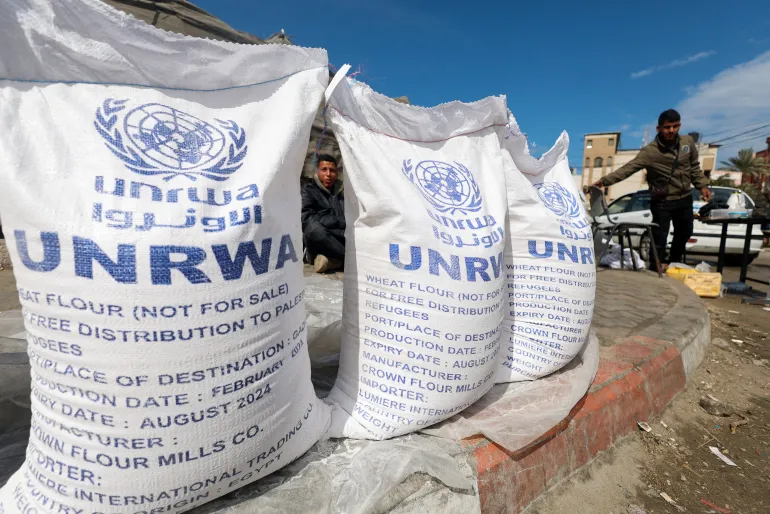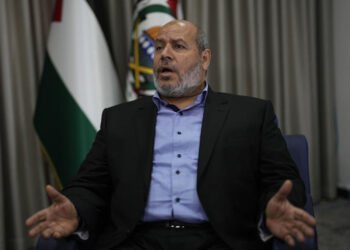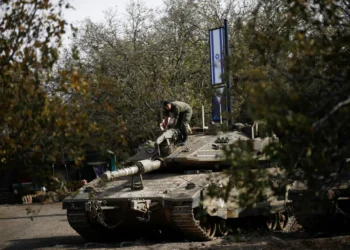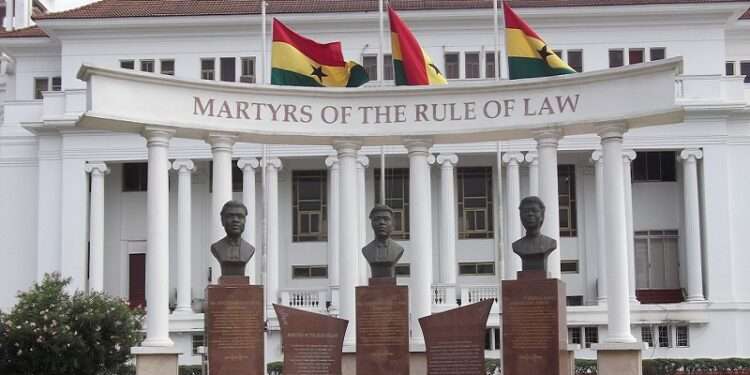Israel has announced the entry of 322 aid trucks into Gaza, the highest daily volume since its war on the besieged territory began six months ago.
Israel said that the aid trucks were inspected and allowed to enter the besieged enclave.
However, the delivery still falls far short of what the United Nations says is the minimum required to feed millions of Gazans on the brink of starvation.
According to UN aid agencies and other humanitarian groups, Gaza needs at least 500 to 600 trucks of humanitarian aid and commercial goods daily to sustain the dire situation in the besieged territory.
In a statement on X, Israel’s Coordinator of Government Activities in the Territories (COGAT) disclosed that 228 of the trucks, which represents 70 percent of the total number, were carrying food.
He stated that most of the humanitarian convoys were loaded with water, sugar, flour and other basic necessities.
He added that none of the trucks from the south, however, was allowed to reach the northern part of Gaza, which according to the UN and other humanitarian groups, is facing famine.
While the entry of more aid convoys into Gaza is “good news,” Tess Duncan, a UNICEF Spokesperson said that there are still serious challenges to transporting such aid to those most in need due to ongoing violence, collapsed infrastructure, a shortage of fuel and vehicles, as well as other restrictions.
“The obstacles are many, but we’re still doing our best in these really difficult circumstances to bring food and water and medicine and nutrition treatments to the vulnerable that need it,” she said.
The UNICEF Spokesperson also stressed that Gaza’s health facilities remain severely underequipped as they struggle to treat children who are sick, injured and malnourished.
After the Israeli attack on the World Central Kitchen aid convoy on April 1, UNICEF and other UN agencies suspended their operations in Gaza for 48 hours, but Duncan stated that UNICEF is now back to “full operations.”
“We’ve been here in Gaza for decades, and we’re not going anywhere,” she said from Rafah.
“We’re going to stay here during the fighting, stay here as the guns fall silent and then help the children of Gaza to rebuild once there finally is peace.
“But, of course, we can’t do that if it’s not safe so we need safety assurances from Israel that if we go on a mission, we’re not going to be killed.”
Tess Duncan
Later, it was reported that displaced Palestinians in central Gaza received aid ahead of Eid al-Fitr from the United Nations Relief and Works Agency for Palestine Refugees (UNRWA).
Agency staff distributed urgent provisions, including tinned food, to people sheltering in a school complex in Deir el-Balah as Muslims around the world prepare to mark the end of the holy fasting month of Ramadan.
Those receiving aid boxes at the camp said it “hasn’t been enough” and that it has been “almost two months” since the last delivery of food aid.
They said that children are surviving on “barely two meals” a day.
They also stated that they need “cleaning supplies” because they are living in conditions in which “disease is widespread.”
Netanyahu Gives Hint On Rafah Invasion
Also on Monday, April 8, 2024, Israeli Prime Minister, Benjamin Netanyahu declared that “there is a date” for Israel’s assault on the southern Gaza city of Rafah, where more than one million displaced Palestinians are sheltering.
Netanyahu has repeatedly stated that Israel must send ground forces into Rafah, describing it as Hamas’s last stronghold in Gaza.
However, the international community, including the US, opposes the operation, saying the roughly 1.4 million civilians seeking shelter there would be in danger.
In a video statement, Netanyahu said the Rafah operation is essential for victory.
“It will happen. There is a date,” he said without giving further details.
READ ALSO: Investment in ESG Driving Sales





















